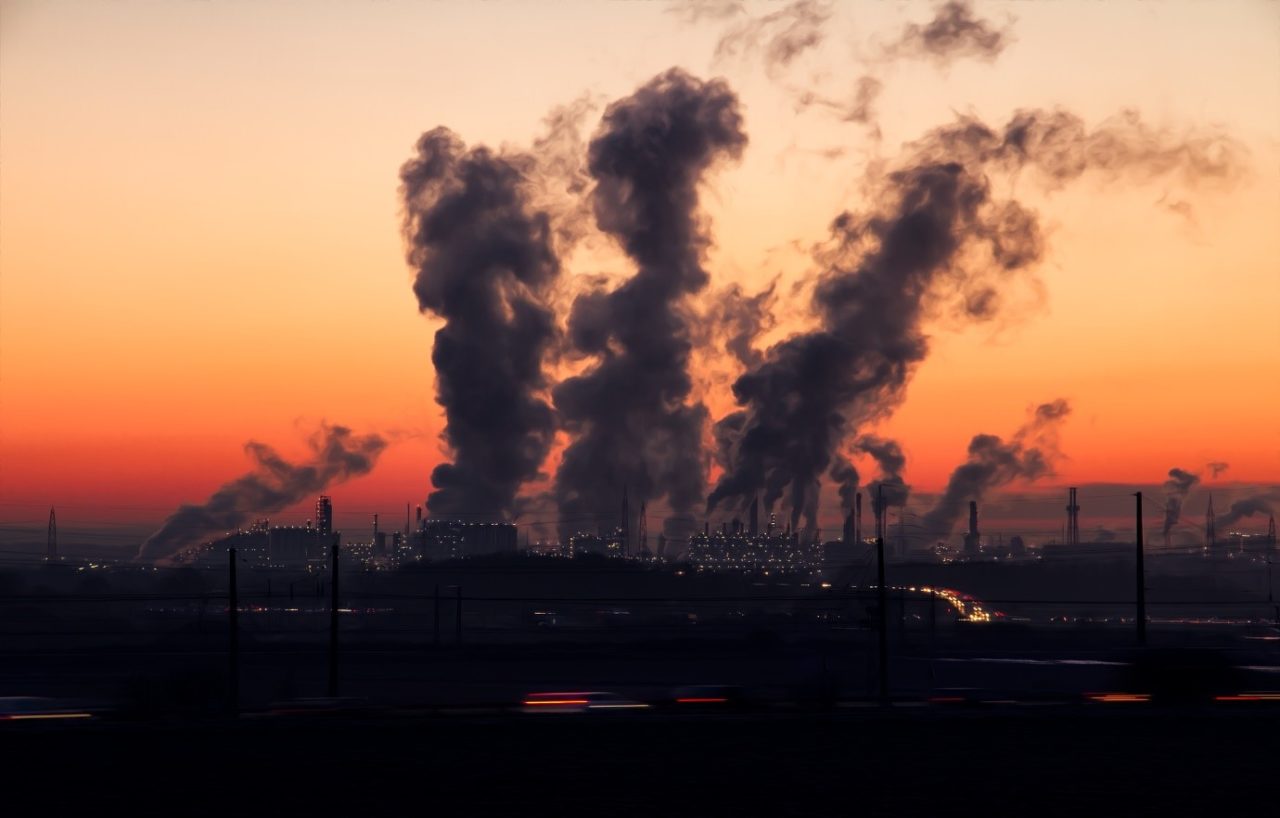-
IEA analysis finds steep falls in coal investment and flattening in renewables
Date posted:
-
-
-
Post Author
Patrick LaveryCombustion Industry News Editor
-

-
The International Energy Agency has released its 2019 World Energy Investment report, which has contained a range of interesting findings. Capturing the headlines was an unexpected flattening in investment in renewable energy in 2018 after steady growth since 2001 (though it began to slow in 2017). Still, 177 GW of additional capacity was added in 2018, with solar accounting for 97 GW, wind 50 GW, hydropower 20 GW, bioenergy 9 GW, and ‘other’ 1 GW, although the IEA estimates that the pace is around 60% of what it needs to be (300 GW) to meet long-term climate goals. Much of the added capacity was commissioned in China, though the amount added fell this year (as it did in the EU, Japan and India), the slack being taken up by larger additions in the US and other countries. The flattening of renewables, however, was overshadowed by marked declines in the rate of new additions of fossil-fired power generation. From a net increase in coal-fired capacity of just under 90 GW in 2015, the net increase was only just over 20 GW in 2018, with most new additions being in “Developing Asia”, while investment in gas-fired capacity also dropped, though only slightly. Overall, investment in all fossil-fired capacity was substantially lower than all renewables capacity. Interestingly, the US saw the largest increase in investment in power in 2018, while China was second and the rest of the world experienced a decline. As always with IEA reports, there is a wealth of information worth exploring.
